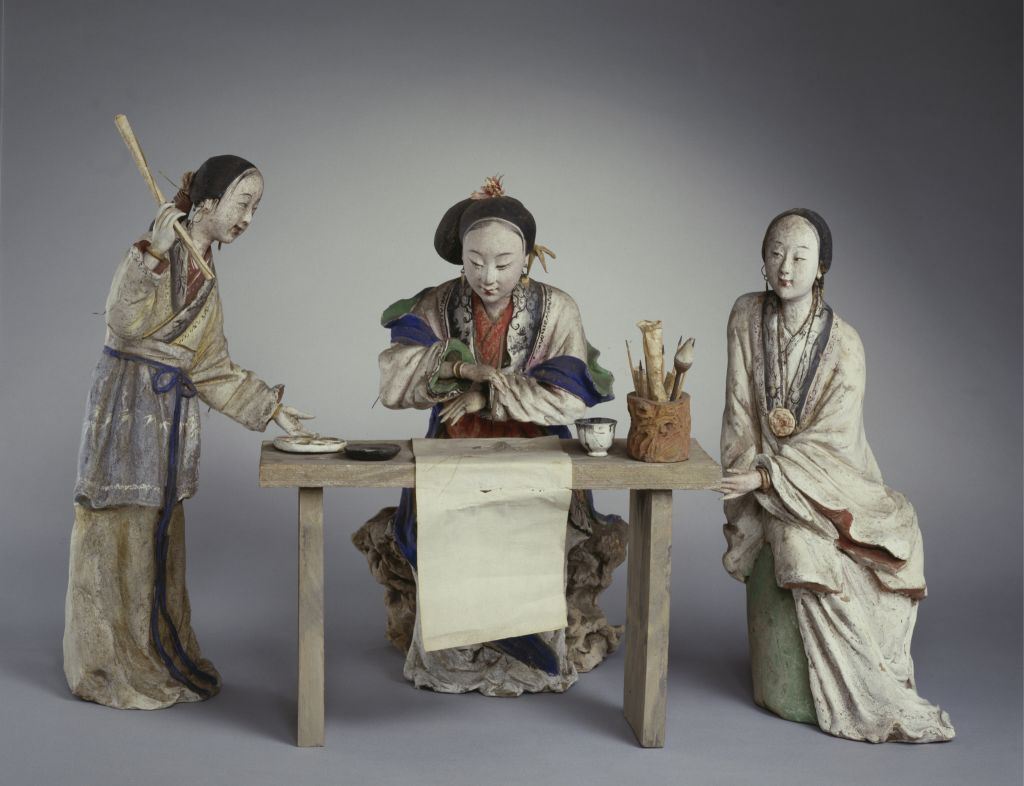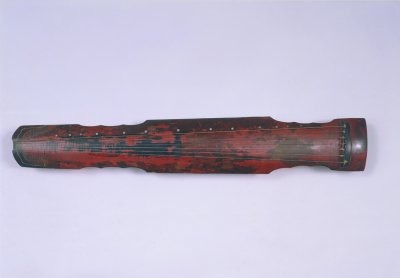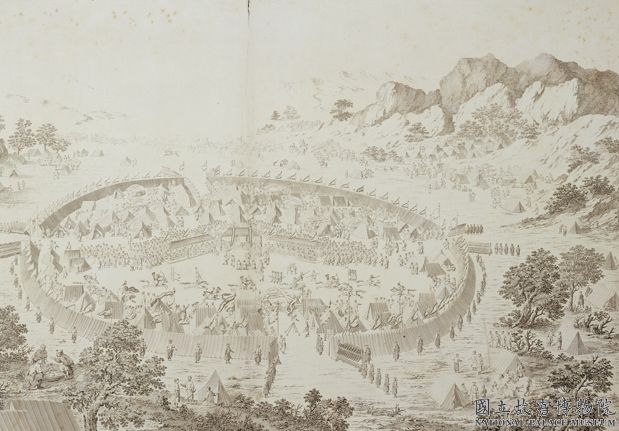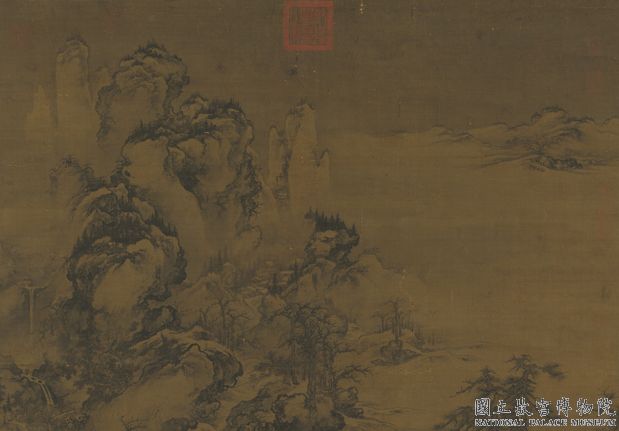[Rural Marriage Map Volume]
The Rural Marriage Map Volume, Yuan, anonymous, silk, light colored, 22.5 cm vertical, 131 cm horizontal
This picture was originally named “The Painting of Tumor Women”, and later renamed “The Painting of Marrying Women in Rural Areas”. There are 37 large and small figures in the whole volume, which are well distributed and naturally form four paragraphs, each with relatively prominent descriptions of key figures. The first paragraph is centered on a woman riding an ox and wearing a veil. Most people focus on her; The second segment is the scene where the guests meet the waiters, and the two women who salute each other are the center of the segment; The third paragraph shows the scene of two men with higher status serving wine; The last part is painted with drum music, singing and dancing performances and onlookers. Although each paragraph has its own main character, the orientation and action of the secondary characters make the paragraphs interconnected and form a complete picture. From the content of the picture, it is still open to debate whether the picture of marrying a girl in the countryside is painted. The baby and the child on the shoulder in the picture seem to be inconsistent with the theme of marriage, and the woman riding a cow seems not to be the image of the bride. The author speculates that what this picture shows may be the scene of a woman returning to her hometown to save her parents. The specific content needs further investigation
The figures in the picture are slightly ochre, and the rest are all in ink. The characters are all represented by trembling brush, and the facial depiction is also rough and simple. The figure modeling is similar to Ma Yuan’s “Treading Song” in the Southern Song Dynasty. Although the art level of painting is average, it vividly records the real life scenes in the Song and Yuan Dynasties
This picture is not printed by the author. There are five seals on the seal: “Lu Chongxing Seal” of the Qing Dynasty and “Jiancang Seal” of the Qing government. This volume was owned by Lu Chongxing at the time of Kangxi at the beginning of the Qing Dynasty. It entered the inner palace at the time of Qianlong. It was lost outside the palace during the reign of Xuantong at the end of the Qing Dynasty. It was later purchased by the Palace Museum
It is described in Volume 35 of Shiqu Treasure Collection.
![图片[1]-Picture scroll of marrying women in rural areas-China Archive](https://chinaarchive.net/Yuan dynasty/painting/s58de125327e95.jpg)
![[Qing Dynasty] British female painter—Elizabeth Keith, using woodblock prints to record China from the late Qing Dynasty to the early Republic of China—1915-China Archive](https://chinaarchive.net/wp-content/uploads/2022/11/image-191x300.png)




